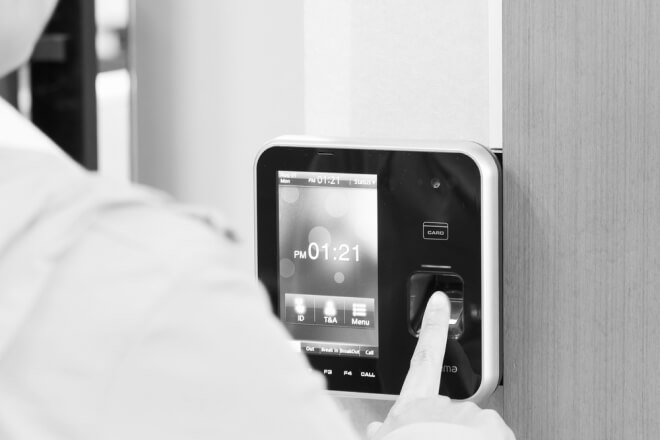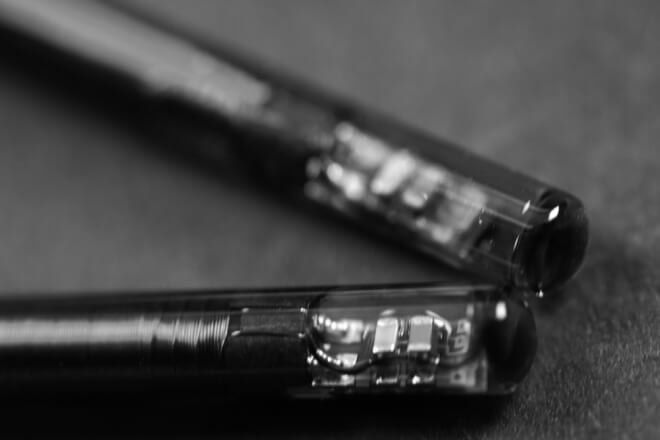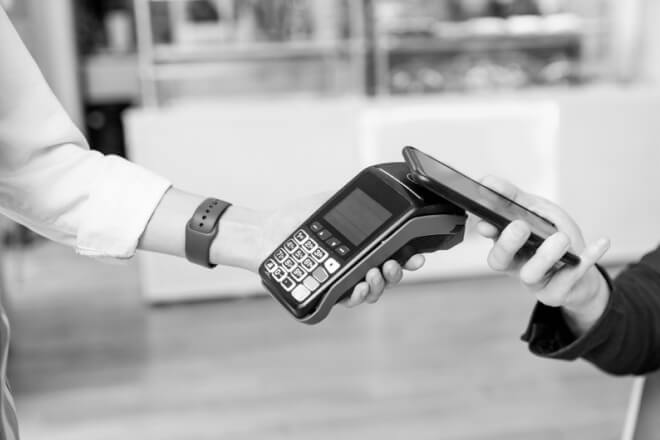Softeq extended the capabilities of a beacon-based retail intelligence platform that is used at shopping malls, sports venues, and in the workplace. Custom firmware powers small memory devices and extends the beacons’ battery life.
Custom Firmware for a Beacon-enabled Digital Intelligence Platform
Footmarks, a US software development company that builds proximity-based data management and marketing solutions, turned to Softeq to upgrade the firmware for its beacon-powered digital intelligence platform.
Show Case StudyTo help the client manage their lighting equipment better, we created RFID tags aggregated into a network. Attached to the equipment, they signal the items’ location in the warehouse. The inventory management system is reliable and low maintenance, as the tags are set to last for 10 years.
RFID-based Asset Tracking Solution for Warehouses
Christie Lites is a US lighting equipment rental business. As the owner of multiple warehouses where their equipment is stored, Christie Lites needed a smart system to automate inventory tracking.
Show Case StudyWe built a laser-powered device that tracks, records, and streams sports competitions. The laser remains accurate despite external interference. The device’s design, performance, and documentation meet specific industry standards.
Laser Measuring Device for Precise Sports Activity Tracking, Video Recording & Streaming
The Softeq team carried out a comprehensive R&D session and manufactured a sample of a new laser-powered device for tracking, monitoring, video recording and streaming sports activities.
Show Case Study



